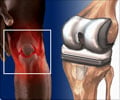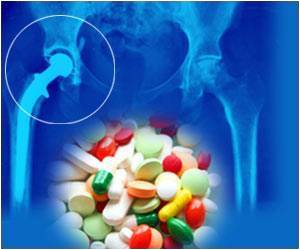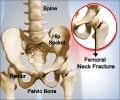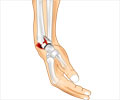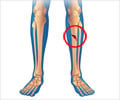The increasing risk for hip and vertebral fracture after knee replacement may be due to pain, increase of physical activity and other biomechemical factors.

‘After total knee replacement, the risk for hip fracture increased by 4% and the risk for vertebral fracture increased by 19% percent.’





They were able to show that individuals with total knee replacement (TKR) due to primary osteoarthritis had a low risk for hip and vertebral fracture in the decade before surgery. However, after total knee replacement, the risk for hip fracture increased by 4% and the risk for vertebral fracture increased by 19% percent compared to the population without TKR. A total of 3221 patients had both total knee replacement and hip fracture. The hazard ratio (HR) for patients with knee OA to have sustained a hip fracture during the ten years preceding TKR was 0.58 (0.54-0.63) and during the ten year after the surgery 1.04 (1.00-1.09). The HR for patients with knee OA to have sustained a vertebral fracture during the ten years preceding TKR was 0.55 (0.47-0.65) and during the ten year after the surgery 1.19 (1.09-1.31).
The lower risk of hip or vertebral fracture before and the increasing risk of hip or vertebral fracture after TKR remained after adjustment for age, gender, calendar year, and latitude. The HR for mortality the first year after TKR was 0.40 (0.37-0.44) and after 10 years after TKR 1.06 (1.00-1.11).
Lead author C. H. Vala, said, "Studies have shown that osteoarthritis is associated with higher bone mass, and, as well, there may be a decreased physical activity level due to pain. The increasing risk for hip and vertebral fracture in the 10 years after knee replacement may be explained by pain, increase of physical activity due to rehabilitation, and other biochemical factors. With approximately 13,000 total knee replacements carried out in Sweden annually, further research on the increased fracture risk in this population group is needed."
Advertisement

